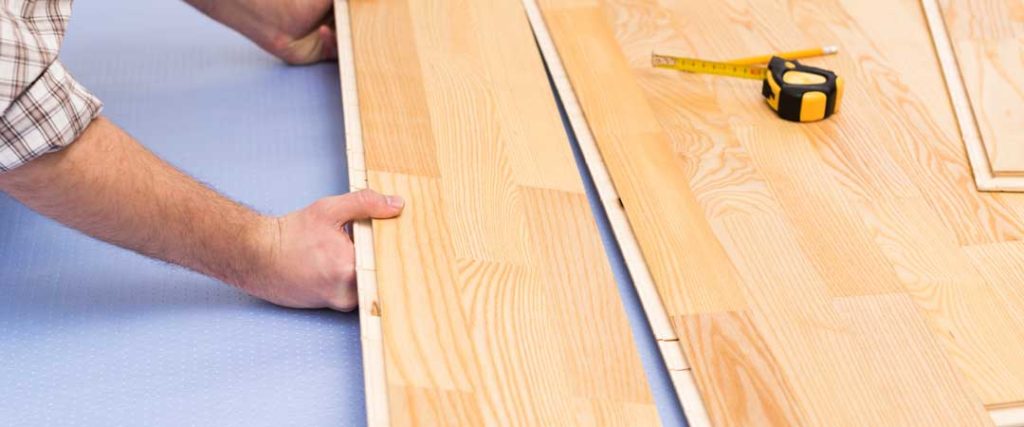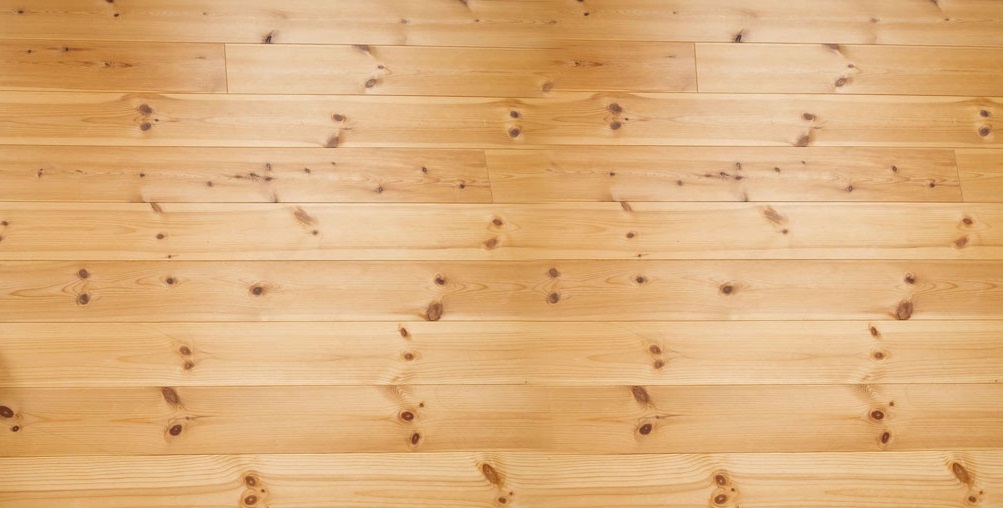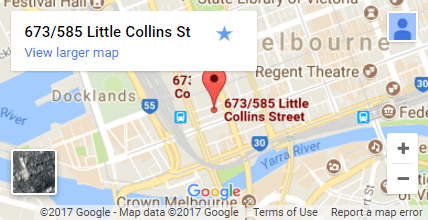You finally had your timber floors professionally sanded and polished. The rich glow and smooth timber floor polishing Melbourne finish make your home look brand new. But to keep your floors looking their best for years to come, it’s important to properly care for them.
Timber floors require ongoing maintenance to prevent damage and dulling of the finish. The good news is, with some simple steps, you can keep your timber floors shining like the day they were polished.
Here are seven essential timber flooring maintenance tips to keep in mind after your floors have been professionally polished. By following these best practices, you’ll be enjoying your beautiful timber floors for decades.
Inspecting the Polished Surface
Once professional timber floor polishing Melbourne is complete, it’s time for a close inspection. Get down on your hands and knees for the best view of your newly polished timber floors. Run your hands along the surface to feel for any uneven spots or splinters.
Check that the polish has been evenly applied without drips or splatters. If anything feels off, call your flooring contractor right away to schedule a follow-up buffing or touch-up.
Walk around the perimeter of each room and look for any cracks between boards or gaps along the edges and trim. Apply a wood filler or sealant to help prevent damage. It’s also a good idea to place protective pads under furniture to avoid scratches.
Keep an eye out the first week after polishing for any water spots or residue left behind from cleaning solutions. Wipe up spills immediately using a damp cloth or mop and a pH-neutral floor cleaner. Avoid abrasive cleaners, strong chemicals, and excessive moisture, which can dull the polish or damage the wood.
Once a month, do another quick inspection to ensure the polish is wearing evenly and reapply as needed. Consistent and proper polished timber floors care and maintenance are key to timber floor longevity.
Regular Cleaning Routine
Now that your timber floors have been professionally polished, it’s up to you to keep them looking their best. A regular cleaning routine is key.
Vacuum and sweep weekly
Vacuum your floors at least once a week using the proper hard floor attachment to pick up dirt and grit that can scratch the surface. For stuck-on debris, use a soft-bristled broom or microfiber dusting pad. Be gentle and take your time.
Damp mop monthly
Once a month, damp mop your floors with a hardwood floor cleaner or a mixture of vinegar and water. Use a well-rung-out mop or cloth and go with the grain of the wood. Buff with a microfiber cloth to bring back the shine. Avoid using too much water, which can damage the floor.
Re-polish when needed
Have your floors re-polished by a professional when they start to show signs of wear or lose their lustre. Re-polishing timber floors will rejuvenate the surface and protect your investment for years to come.
Following these timber flooring maintenance tips will help keep your professionally polished floors looking like new for many years. Consistent and proper maintenance is the key to long-lasting beauty.
Preventing Water Damage
To prevent water damage to your newly polished timber floors, it’s important to take some precautions.
Keep spills cleaned up promptly
Accidents happen, so keep a dry microfiber cloth handy to blot up any spills immediately. Don’t let liquids sit, as they can seep into the wood and cause stains or damage. For sticky spills like juice or syrup, you may need to lightly dampen the cloth with water to remove residue. Make sure the area is thoroughly dried when done cleaning.
Place protective pads under furniture
Attach felt pads, coasters or protective sliders under the legs of heavy furniture like tables, chairs, couches and appliances. This prevents scratches and dents and allows air to flow under the furniture. Without this buffer, the constant pressure and friction can damage the flooring over time.
Wipe up wet footprints
Require guests and family members to wipe their feet before coming inside, especially on rainy or snowy days. Wet or dirty shoes can track in moisture, sand and grit that gets ground into the floor with each step. Place mats at all entrances and ask everyone to use them. It only takes a moment but can save your floors from long-term damage.
Avoiding Scratches and Scuffs
Once your timber floors have been professionally polished, you’ll want to take extra care to avoid marring the smooth, glossy finish. Scratches, scuffs, and dents are the enemies of a pristine timber floor.
To prevent scratches, place protective pads under the legs of furniture and appliances. Felt pads are ideal for timber floors. When moving furniture like couches, chairs or tables, lift them instead of sliding them across the floor.
Remove your shoes when walking on polished timber floors. Bare feet or socks are best, but if you prefer shoes, choose soft-soled ones that won’t scuff or scratch the floor. High heels in particular, can cause damage.
Sweep, dust or vacuum your timber floors regularly using the proper attachments to pick up dirt and debris that could scratch the surface. Make sure the vacuum head for hardwood floors is felt or brushed, not metal or hard plastic.
Wipe up spills immediately to avoid water damage and stains. Use a slightly damp cloth or mop and dry the area right away.
With some basic precautions and regular timber flooring maintenance, your polished timber floors will stay scratch-free and beautiful for years to come. Protecting your investment in professional timber floor polishing Melbourne is worth the extra care and effort.

Reapplying Protective Finishes
To keep your timber floors looking their best after professional polishing timber floors, reapplying protective types of timber floor finishes is key.
Resealing and Re-coating
Every 6-12 months, inspect your floors for any signs of wear or water damage and reseal them with a water-based urethane or polyurethane sealant. These protective topcoats shield the timber from stains, scratches and moisture.
Apply 2-3 coats of your chosen sealant with a paintbrush, roller or applicator pad. Lightly sand between coats with fine-grit sandpaper for the best adhesion. The more coats you apply, the more durable the finish. Re-coating timber floors extends their lifetime and prevents costly repairs down the road.
For high-traffic areas like entryways, you may need to reseal more often. It’s best to test in an inconspicuous area first to check adhesion and colour match before resealing the entire floor.
Use Floor Pads and Protectors
Attach felt pads, sliders or protectors to the bottom of heavy furniture like couches, tables and chairs. This prevents scratches and dents in timber floors from dragging furniture.
Rotate area rugs and doormats occasionally to avoid uneven aging or water damage under the rug.
Damp Mop and Sweep Regularly
Damp mop or sweep timber floors at least once a week or more often in high-traffic areas. Use a microfiber mop or soft-bristled broom and sweep in the direction of the wood grain. Too much water or harsh chemicals can damage the finish, so wring out excess water from the mop before use and avoid detergents with strong ammonia or bleach.
Keeping your timber floors well-maintained with protective topcoats, floor pads, and regular cleaning will help ensure they continue to look polished and pristine for years to come.
Periodic Inspection and Maintenance
Once your timber floors have been professionally polished, it’s important to implement an ongoing maintenance routine to keep them looking their best. Here are some essential timber flooring maintenance tips:
Regular Sweeping and Mopping
Sweep or vacuum your timber floors at least once a week to remove built-up dirt and grit that can scratch the surface. Follow up with a damp mop or cloth to wipe away any remaining debris. Be sure to wring out the mop well and avoid saturating the floor with water.
Protect from Scratches
Place protective pads under the legs of furniture to avoid scratches in the wood. Remove shoes when walking on timber floors, and avoid walking on them with high heels. Keep pet nails trimmed to prevent damage from scratching.
Wipe Up Spills
Clean up any spills immediately to avoid stains by blotting with a damp cloth or sponge. Wipe spills in the direction of the grain. For dried stains, you may need to lightly sand out the stain before re-sealing the floor.
Floor Protectors
Place protective pads under furniture legs and floor protectors under chair legs and other heavy items to avoid scratches, dents and other damage to the wood.
Avoid Harsh Chemicals
Do not use abrasive cleaners, strong detergents, or too much water which can dull the finish and damage the wood. Avoid using products that contain wax, oil or ammonia. Stick to pH-neutral hardwood floor cleaners.
Re-Polishing and Professional Maintenance
To keep your timber floors looking their best, re-polishing and professional maintenance are key. As the finish wears down over time, minor dents, scratches, and dulling can occur. Re-polishing involves sanding down the current finish and reapplying a new coat of polyurethane or lacquer. This helps restore the shine and protection.
It’s best to have re-polishing timber floors done by a professional flooring contractor with experience refinishing timber floors. At Timber Floor Sanding Melbourne, we have the proper equipment and techniques to sand and re-coat your floors without damage. As a general rule of thumb, most timber floors will need re-polishing every 3 to 5 years, depending on traffic and wear.
A maintenance coat, sometimes called a “buff and coat,” involves lightly sanding the floor with fine-grit sandpaper to rough up the surface. Then, 2-3 coats of finish are applied. This helps hide minor imperfections like scratches, fills in small gaps between boards and restores the shine and protection of the finish.
For high-traffic commercial floors or floors in poor condition, more frequent re-polishing and maintenance may be required. It’s always best to inspect your floors regularly to determine if re-polishing or at least a maintenance coat is needed.
With professional re-polishing and routine maintenance by Timber Floor Sanding Melbourne, your timber floors can provide lasting beauty and value for your home or business.
So, there you have it, seven simple but essential timber flooring maintenance tips to keep your timber floors looking their best after professional polishing. Following this routine maintenance plan will help protect your investment and allow you to enjoy your beautiful floors for years to come.
Make it a habit to sweep regularly, damp mop when needed, wipe up spills immediately, place protective pads under furniture, limit direct sunlight, control humidity, and re-polish and re-coat on schedule.
Ready to give your timber floors the attention they deserve? Contact Timber Floor Sanding Melbourne today for expert advice, professional timber floor polishing Melbourne service, and top-tier maintenance services.
Let’s keep your floors shining so you can continue enjoying the warmth and elegance they bring to your home. Elevate your space with us!


